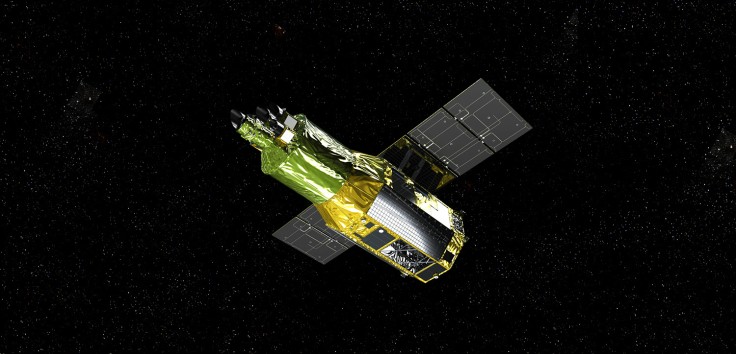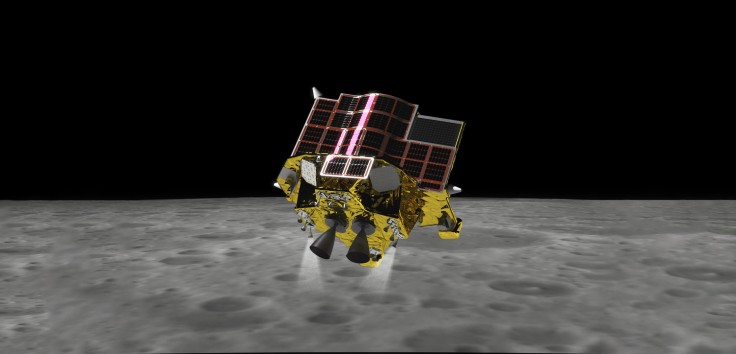Japan's chance at joining the race to the moon has been delayed.
Mitsubishi Heavy Industries has delayed the launch of its lunar mission on Aug. 28 due to bad weather that could negatively affect it.
This delay would be the third one the lunar mission experienced.
Wind's Howling
Mitsubishi Heavy Industries mentioned in its announcement that it had decided to postpone the launch of the X-Ray Imaging and Spectroscopy Mission (XRISM) to a later date. The company found that the upper winds in the atmosphere were not meeting launch standards, forcing it to stop the launch sequence for 30 minutes. before the planned 9:26 AM local time lift-off.
While the company has yet to announce a new launch date for its lunar mission, a report from Kyodo News stated that it will decide on one within the launch window that will run until Sept. 15. Nevertheless, the decision to postpone the lunar mission's launch is a difficult and "very painful" one for company leadership; they felt it was necessary due to the need for careful judgment.
This postponement is the third one the mission experienced due to inclement weather since its initial launch date on Aug. 26. Had the launch successfully continued as planned, Japan would be the fifth country to reach the Moon after the former Soviet Union, the US, China, and the latest country to do so - India.
You may recall that India made history as its Chandrayaan-3 spacecraft successfully soft landed on the Moon's south pole, making it the fourth country to reach the Moon and the first to successfully land a spacecraft on its south pole. The spacecraft and the lunar rover contained within it will determine if frozen water and precious elements are present in the region.
Read More : Google Keep Finally Gets Long-Awaited Upgrades
Japan's Lunar Mission
Japan's XRISM is a collaboration between JAXA, NASA, and the European Space Agency that will see it put a lander on the Moon's surface to help experts study X-rays, per Spaceflight Now. According to NASA's Richard Kelley, the mission will shed light on the aftermath of stellar explosions and near-light-speed particle jets launched by supermassive black holes in the centers of galaxies.
Keeley is XRISM's principal investigator at the Goddard Space Flight Center in Greenbelt, Maryland.

The mission will utilize a domestically-produced rocket to send teh titular spacecraft and one lunar lander to the Moon from Tanegashima Space Center on Tanegashima Island in Kagoshima's southwestern prefecture. The XRISM's two instruments the spacecraft carries are the "Resolve" and "Xtend," while the lunar lander is named the Smart Lander for Investigating Moon (SLIM) lander.
The two instruments will perform X-ray spectroscopy cooled close to absolute zero by liquid helium and image the cosmos with X-ray vision, respectively.

Meanwhile, the SLIM lander will act as a demonstration of navigation systems for pinpoint lunar landings in rugged lunar terrain. SLIM is expected to enter the Moon's orbit three to four months after launch - when that time comes, it will attempt to reach the lunar surface within four to six months.
Mitsubishi Heavy Industries nor JAXA didn't specify a landing zone for JAXA's spacecraft. Nonetheless, the lander's findings will be used in NASA's Artemis project, which aims at getting humans back on the Moon by 2025 and advancing lunar exploration.
Related Article : India's Chandrayaan-3 Spacecraft Succesfully Lands on the Moon









